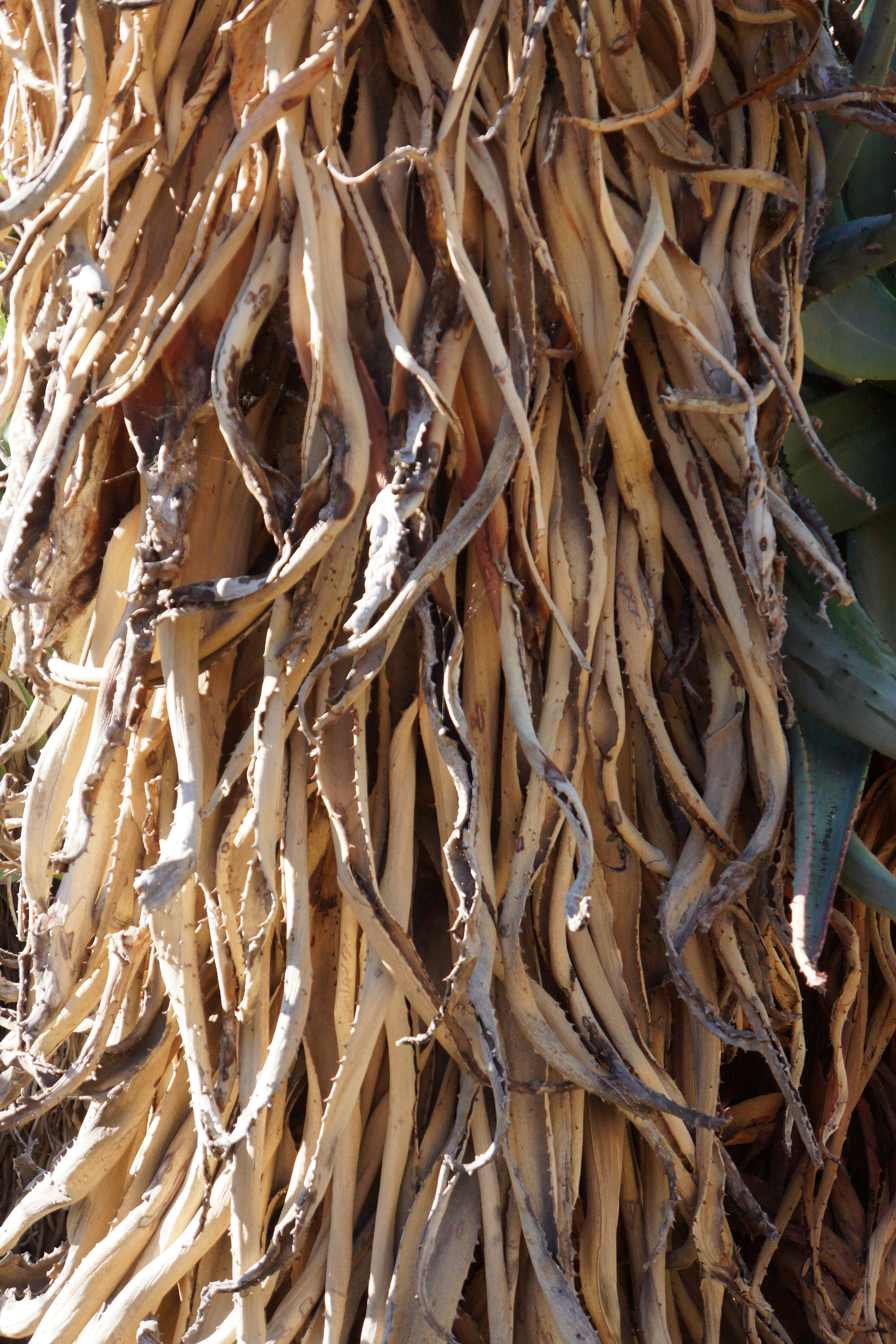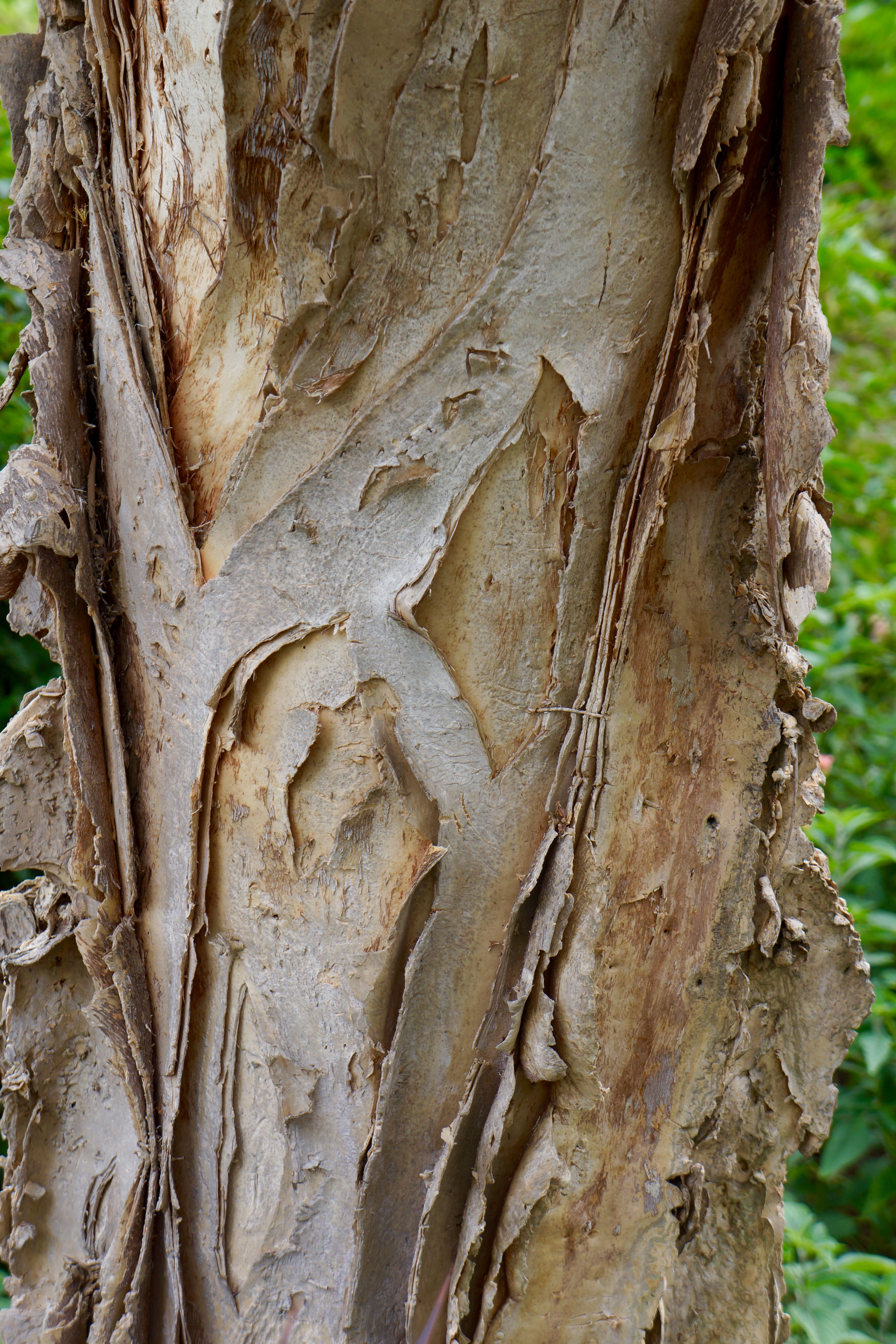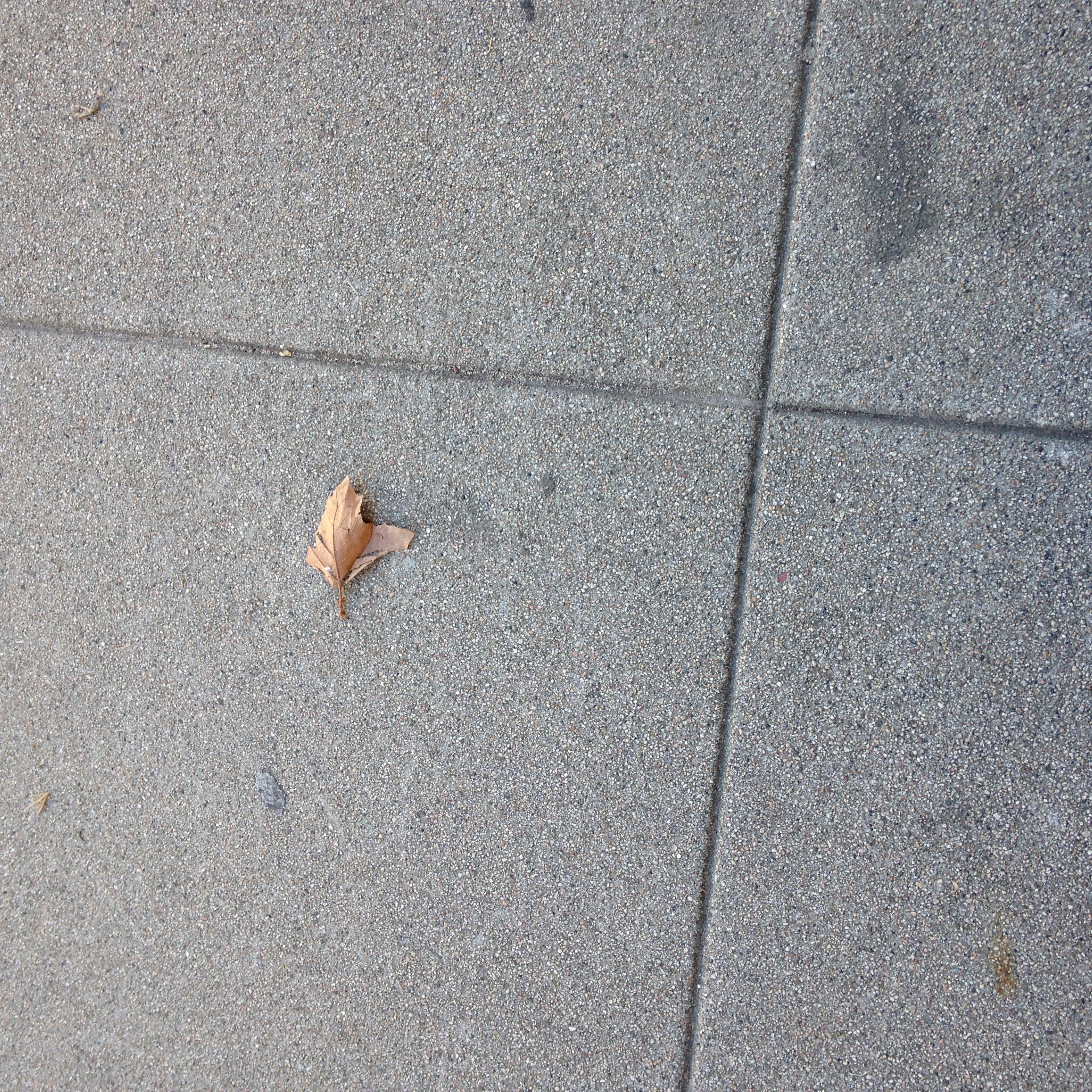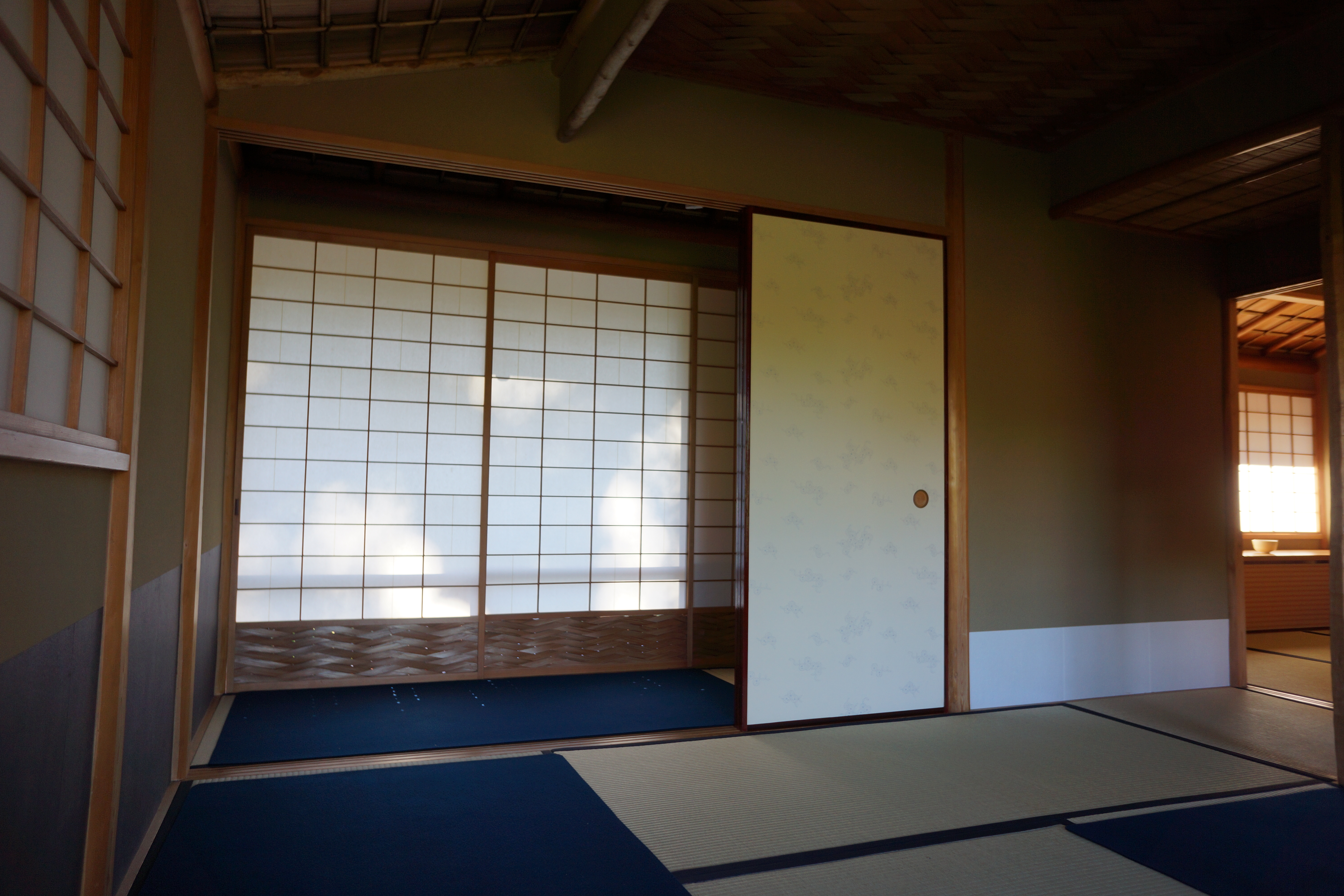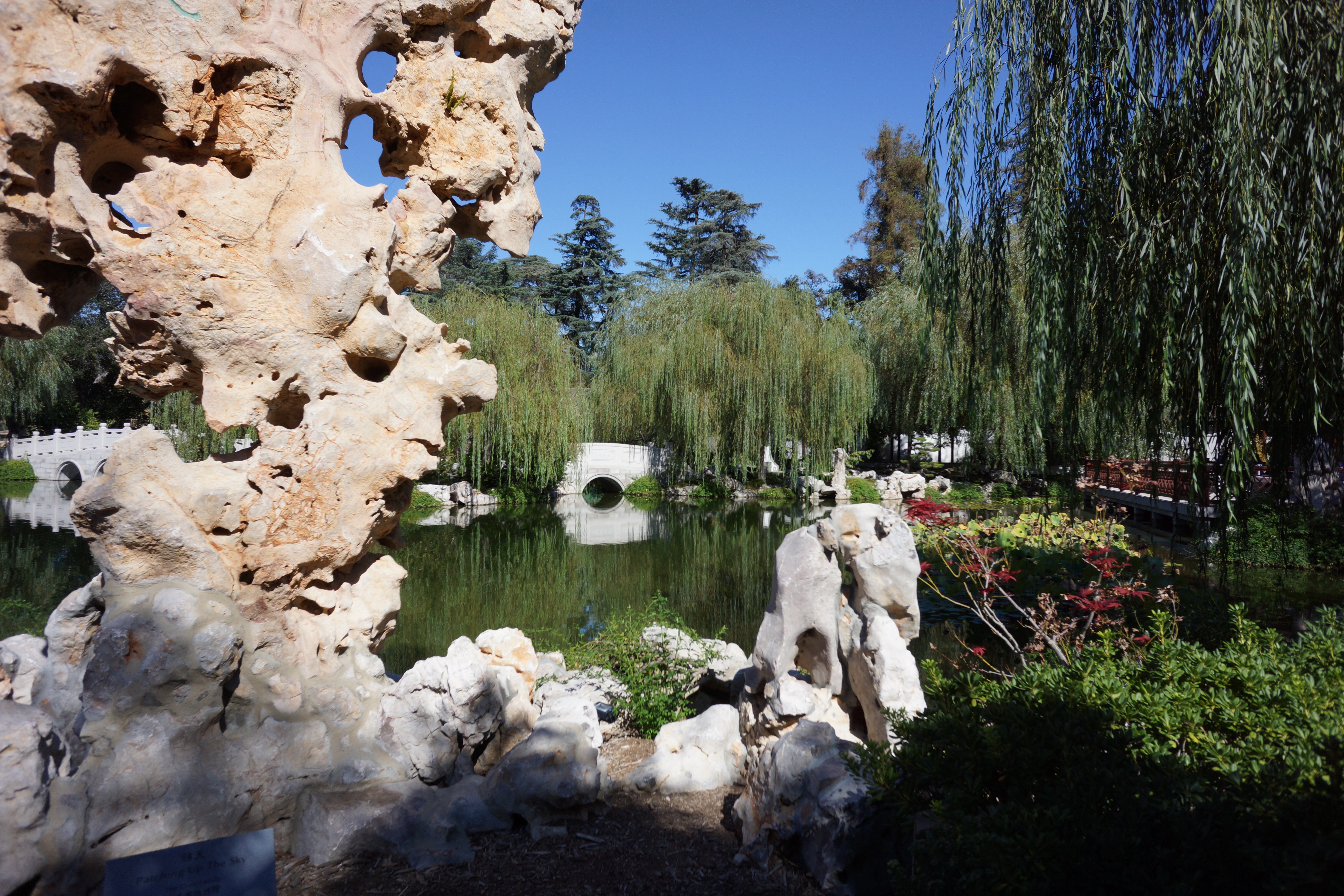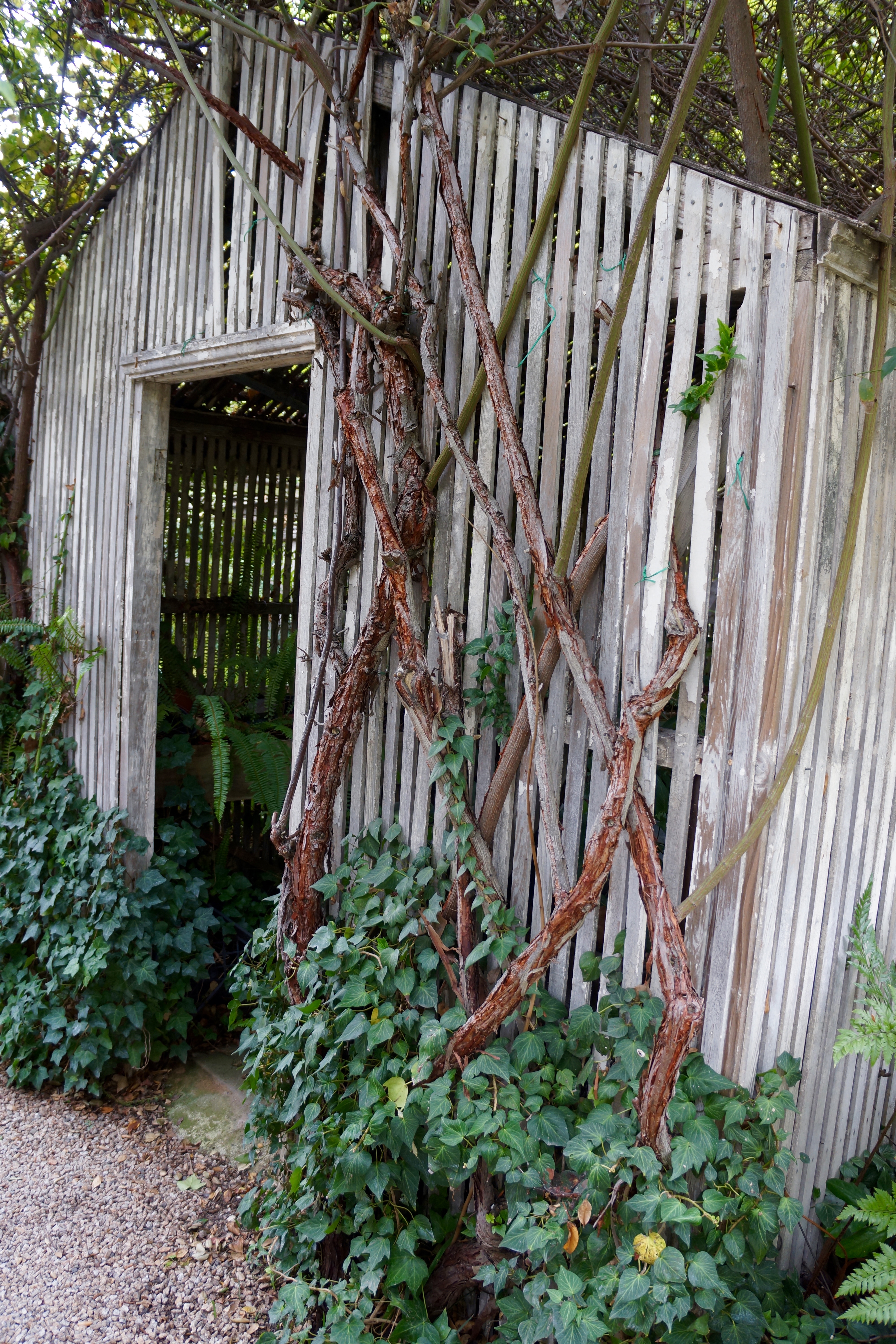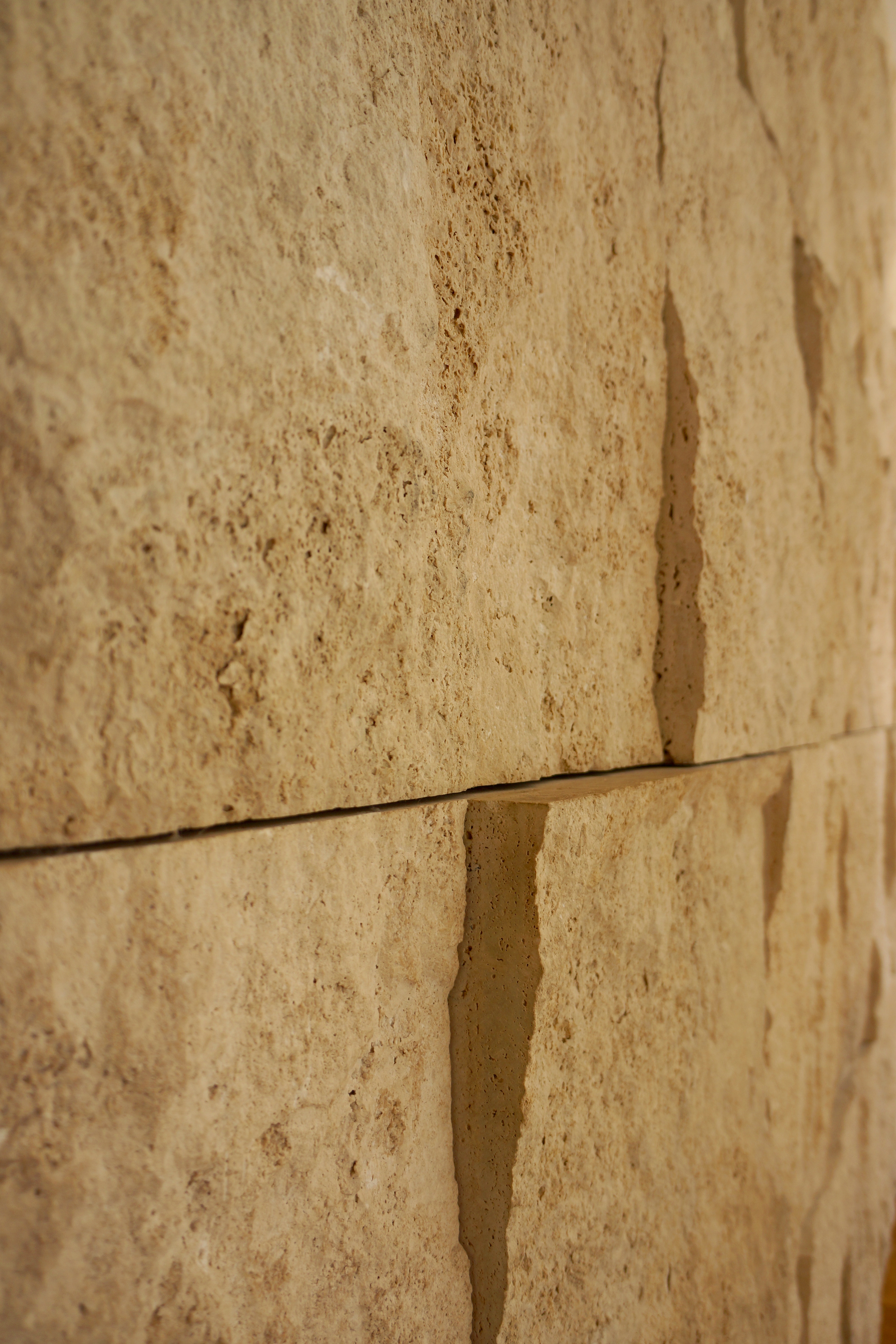I returned a week ago from a garden writer’s conference in Pasadena, where I won not only the one Silver Award of Merit I was expecting, but two, and on top of that the Gold Award for magazine writing from the Garden Writers Association. These awards were given for two parts of the six part series I did on color for Pacific Horticulture over the last two years. I always come away from these conferences with so much: new friends, new ideas, better ideas, and well, this time a few awards.
Before I left for California my friends and colleagues were already pestering me about my next color piece. I guess no one wanted me to be done. My friend John Wott jokingly suggested I should write about “drab”.
So “drab” was stuck in my head, like a song virus, during this whole trip.
I had not been to Southern California in over twelve years. After landing at LAX and taking the shuttle east to Pasadena, I was surprised how green everything was. All we’d been hearing about up north in Seattle was the Southern California drought and water shortages. I was expecting anything but this verdant place.
Still for all the green it was hard to get “drab” out of my mind.
So I looked up the word “drab” in the Oxford English Dictionary, to assuage this vexing mantra. The OED traces it’s history back to the early sixteenth century when it was used to designate a dirty woman, a slut or a harlot. Also at about this same time it designated a type of hemp or woolen cloth—possibly what the harlots wore? It wasn’t until the late eighteenth century and the early nineteenth century that it was used to designate a color, a light or yellowish brown to be exact. Later in the that century, which seemed to get more and more colorful, it began to mean dull, or “ wanting in brightness or colour” as the OED would have it. I would say that this is definition we are working with still today.
Wallace Stegner, “The Dean of Western Writers”, was a staunch environmentalist. He said to appreciate nature in the arid West, “ You have to get over the color green; you have to quit associating beauty with gardens and lawns.”
Certainly southern California could use his advice. But even we gardeners here in the Evergreen State need to face that fact. This summer we experienced an exceptional drought. And we’re expecting worse next year. Certainly a drought aesthetic is needed.
I might say I would be hard pressed to give up my green, that’s why I moved to this state where it “always rains”— doesn’t it?
So during my trip south I began seeking out the drab. First as a simple exercise and then as a way of training my color-hungry eyes to feel comfortable with the drab world.
Here are some images and thoughts from my travels:

 0
0